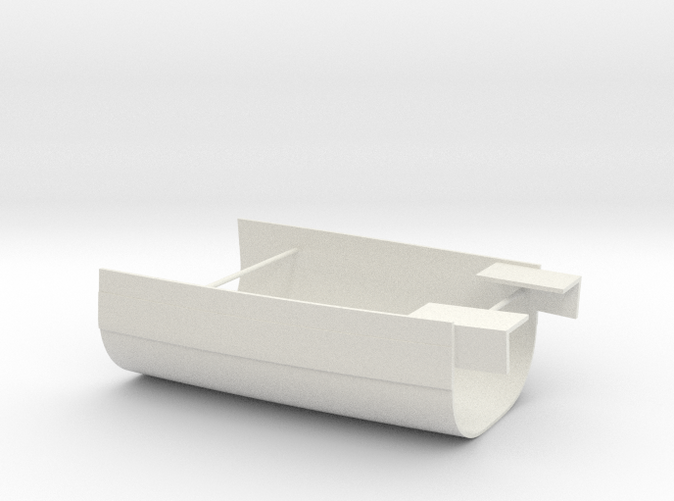Product Description
For the building plan of 1914 the Italian Regia Marina made provisions for the construction of four new battleships, which with the existing six, would form the core of Italy's dreadnought fleet for the first decades of the XX century.
The Francesco Caracciolo class were all laid down between late 1914 and early 1915, however due to the country's involvement in the Great War, construction was considerably slowed.
The project envisaged a 28 knot battleship, armed with eight 381 mm guns in four twin turrets, 212 mt long by an estimated 34,000 tons in full load, with a 300 mm thick belt. Between their initial conception and the eventual launching of Caracciolo in 1920 at least three different iterations of the design are known - the most radical changes involved the layout of the superstructure and the number of 152 mm casemated guns. The final 1919 design, to which the battleship would have been finished, called for twelve of these guns, plus another eight 102 mm mounts over the turrets roofs (two per turret). Twelve single 40 mm guns would also have been added, likely as anti-aircraft defence. Eight torpedo tubes would have also been carried.
With their high speed and powerful armament, it can look very much like the Caracciolos are an Italian Queen Elizabeth, but while rumours about the latter's characteristics could have been known by the Regia Marina, there is no indication that the Italian designers based the project directly on the British one. In fact, they can be seen as examples of convergent evolution of naval designs of the period, aimed at exponentially increasing firepower and speed, and thus diplacement and size as a consequence, with every new generation of dreadnought and superdreadnought built.
The four ships - Francesco Caracciolo, Marcantonio Colonna, Cristoforo Colombo and Francesco Morosini - were never completed before the end of hostilities as Italy had other priorities, particularly after winter 1917 with a good portion of the north of the country occupied. But even after the successful conclusion of the war for the country, the financial situation of the State was in shambles and drastic cuts were immediately put into effect. Since the last three ships were not in a very advanced state of construction, all were scrapped on the stocks. Francesco Caracciolo, her hull being ready for launch, took to sea in May 1920. Several ideas were floated about if the ship should be completed as per the revised 1919 design or converted into a carrier, which could still be done within Washington Treaty limitations (as the studies protracted into the following years, Italy had in the meantime agreed to the Washington Conference of 1922); a private company even proposed to finish her as seaplane tender, but in the end all options were deemed too onerous of an undertaking at that time, so the hull was scrapped in 1926.
